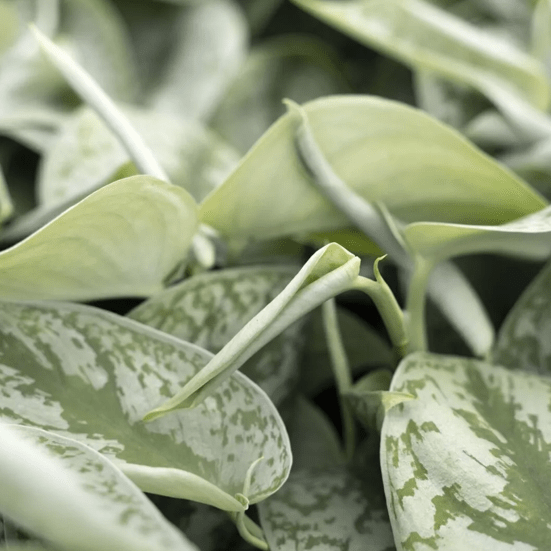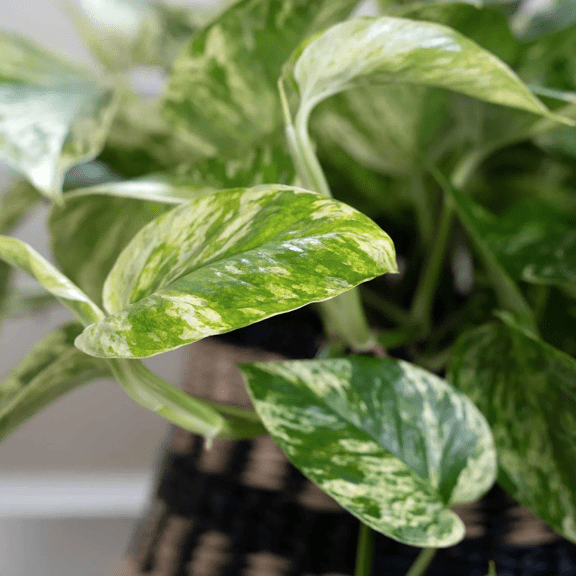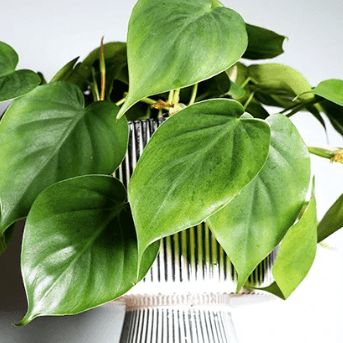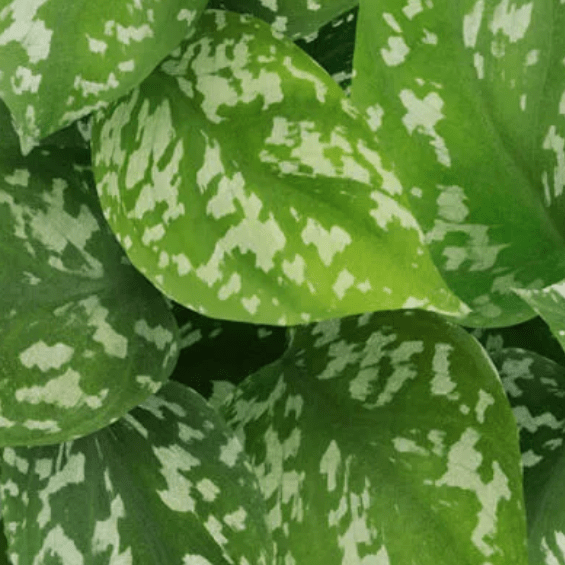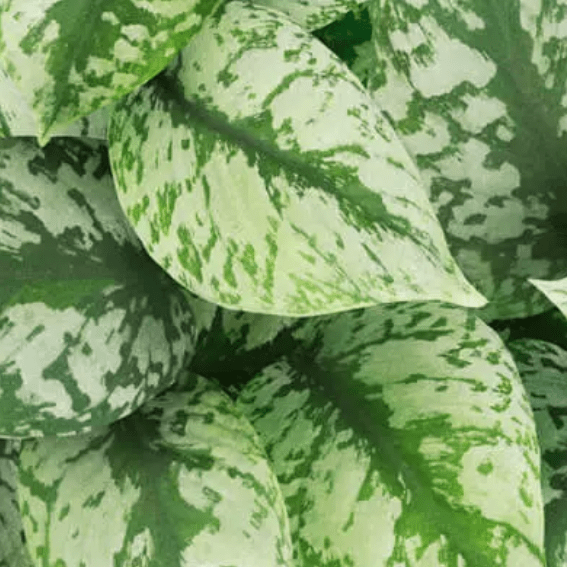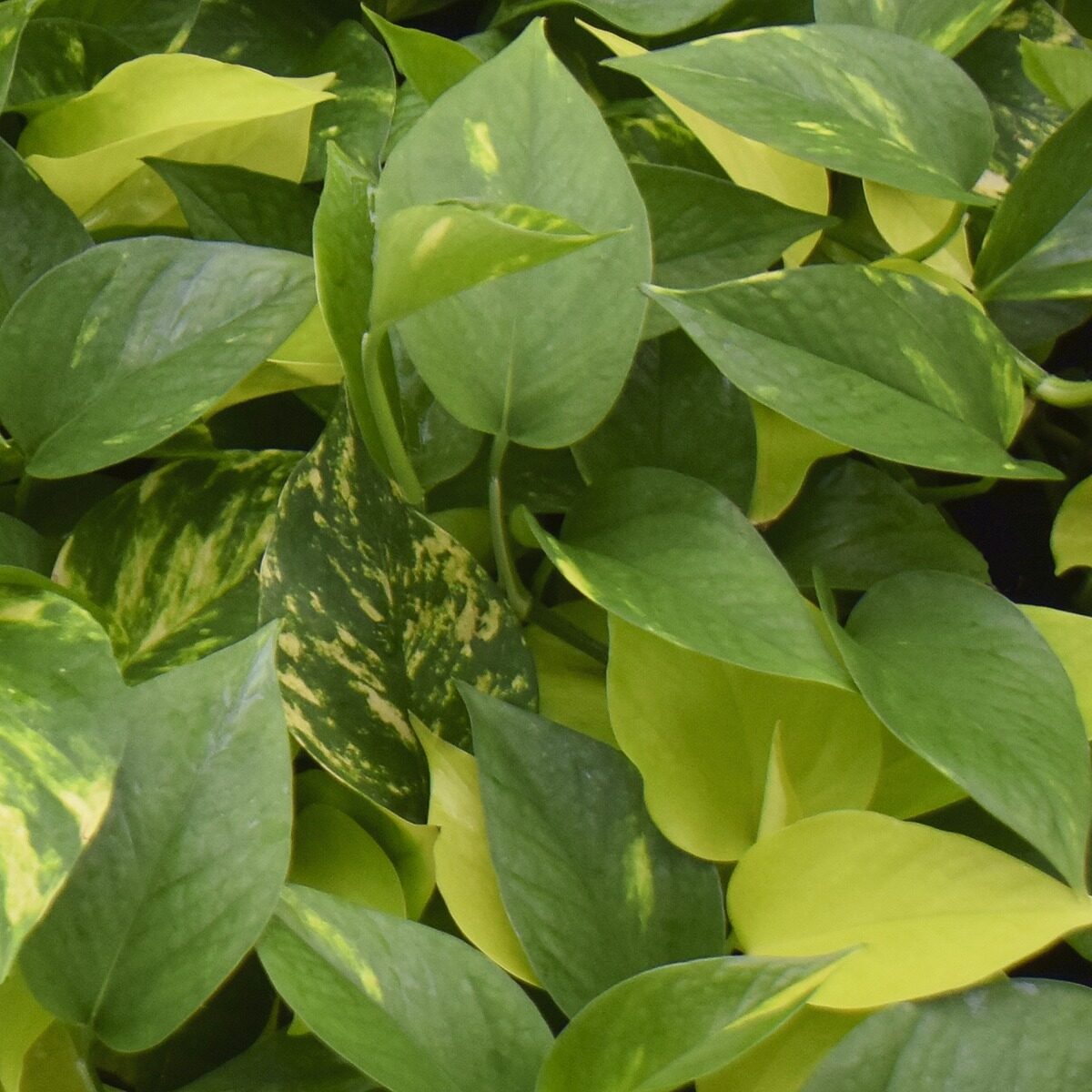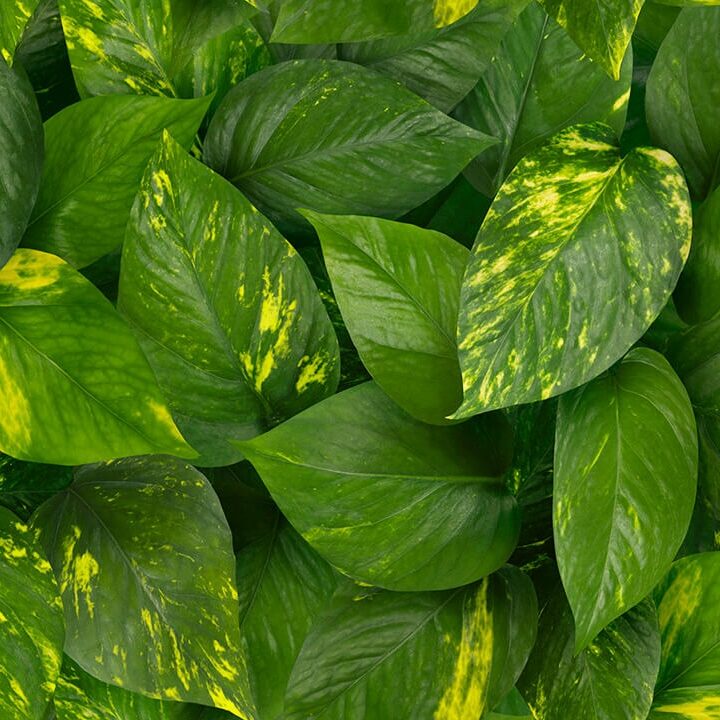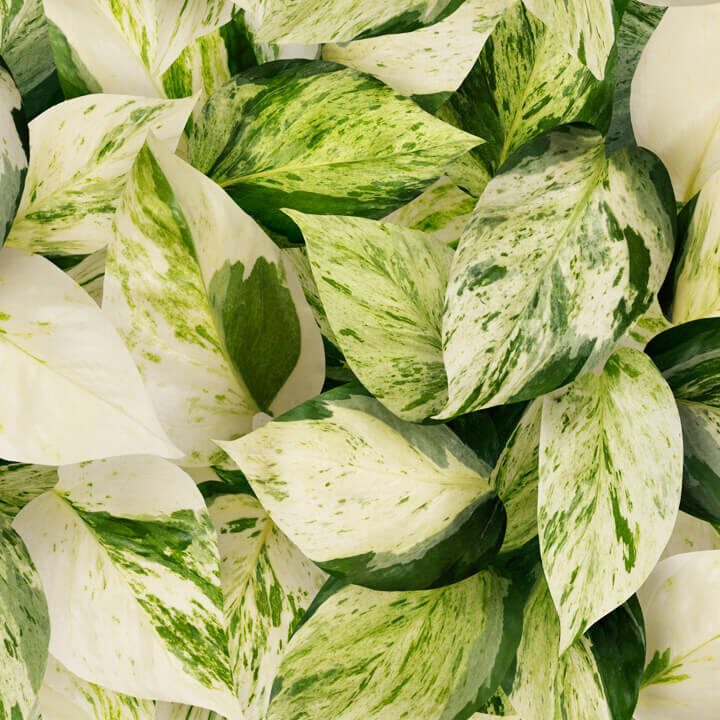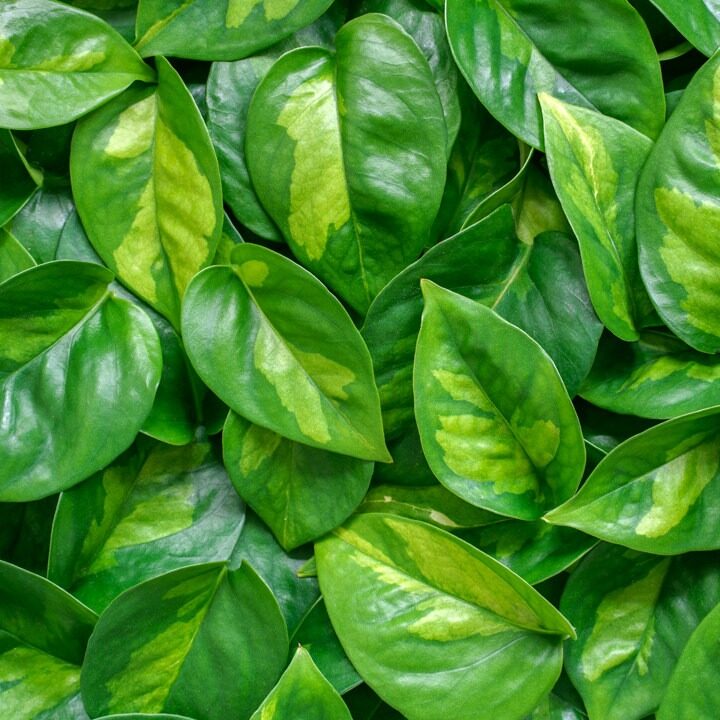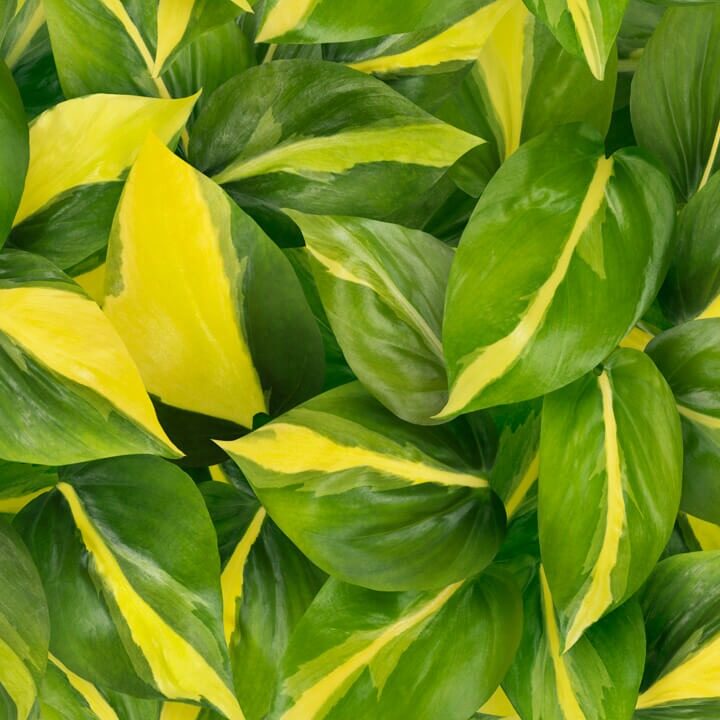The philodendron family is an enormous family consisting of about 500 different plant varieties. They are wonderfully decorative thanks to their many colour variants, which makes them well-loved as houseplants, and they are also easy to maintain. Even if you haven’t got green thumbs, we nevertheless recommend this plant to most plant-lovers.
The Philodendron originally comes from the tropical rain forests of the New World. These rain forests are known for their high degree of air humidity, and little light is able to penetrate the tall trees’ canopy of leaves. To get at the sunlight nonetheless, many variants of the Philodendron family climb the trees right to the top. To do this, they use their aerial roots, which they also use to firmly ‘grasp’ the tree. The varieties that do not dwell on the ground are also known as the aerial plants. When birds leave seeds higher up in a tree, it can occur that these seeds simply bud in the location they’re left in. These variants bud high in the trees and dwell there their entire lives.
And so it doesn’t come as a surprise when we consider the composition of the Greek word ‘Philodendron’: Philo means ‘to love’ while dendron means ‘tree’.
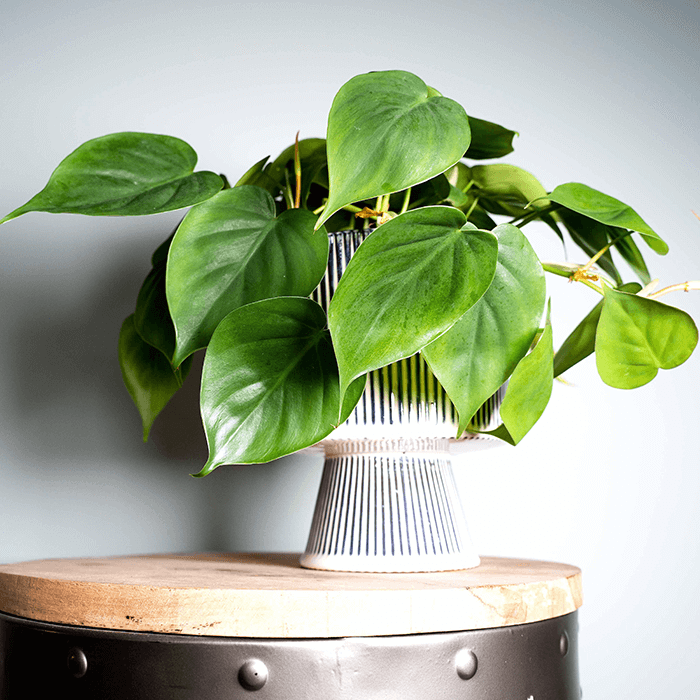
Since the climbing and hanging varieties are so popular, you don’t tend to hear much about the non-climbing Philodendron variant. And yet this variant is just as beautiful as its brothers and sisters. This variant is often nicknamed the low rider. The ‘low riders’ can become very large indeed, and are therefore not quite as suited to life as a houseplant, which is why you don't see them as often in people's houses. What’s special about the Philodendron is that, in addition to its big and beautiful green, yellow and even red leaves, this plant has an intensive, air-purifying effect. During the day, the plant opens its stomata wide, thereby converting any CO2 in the environment into oxygen. In addition, the plant helps to eliminate bad odours and harmful substances.
Since there are so many varieties of Philodendron, it can be said that this is a truly versatile plant. There are many ways to keep a Philodendron; in your living room, at the office or in an open space. Of course, this depends on the preferences of the plant's owner. Nevertheless, we’d like to share some insight in this regard. Before you purchase a Philodendron variety, have a close look at the space where you're going to put it. Although some varieties start out very tiny, they can grow into an enormous, mature plant. If you have a lot of room up high in your home, we recommend you choose a hanging variant. Not only does this fill the room beautifully, there’s also the neat visual effects produced by so many broad-leafed tendrils cascading downward from the ceiling. Want to make a powerful statement? If so, then a standing or climbing plant is the right choice for you.
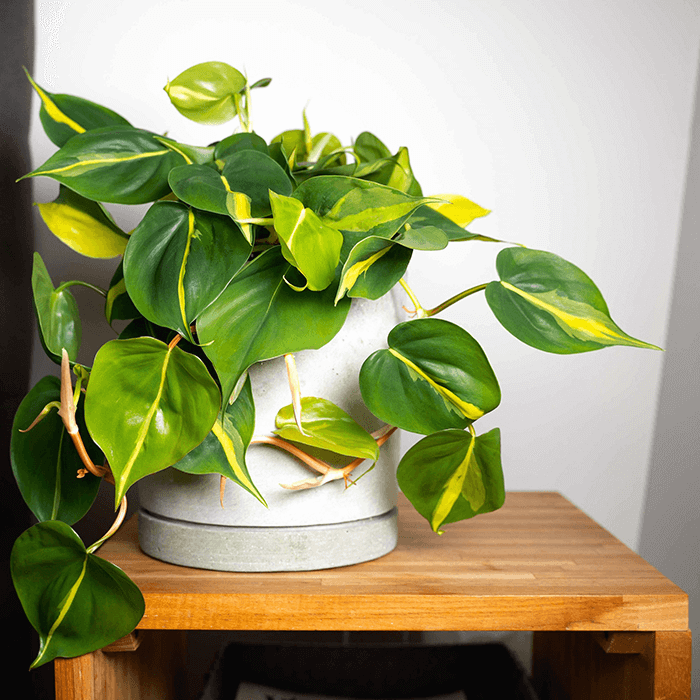
Since most Philodendrons are accustomed to the humid climate of canopied rain forests, they don’t have to be placed in direct sunlight. They can be kept in a place where it’s dark, but they prefer to stay in a place where they can absorb sunlight in indirect fashion. Still, if you’re not sure whether you’ve placed your plant in the right location, it can help to examine your Philodendron’s newer leaves. If the plant’s new leaves are growing smaller than the somewhat older leaves, this means that the plant is not receiving enough light. It also helps to look at the plant’s colour. Is yours a light-coloured variety? If so, then unlike the darker varieties within the Philodendron family, your plant prefers an abundance of light.
